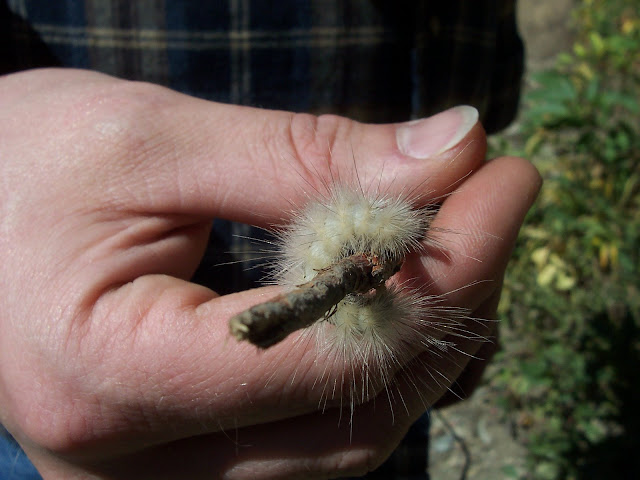 Fischer was struck by the need to inspect this package that came to us all the way from Georgia. What could it be? Fresh peaches?
Fischer was struck by the need to inspect this package that came to us all the way from Georgia. What could it be? Fresh peaches? Not peaches, but hinges. Westfalia poptop scissors hinges from a 1976 Campmobile, to be exact.
Not peaches, but hinges. Westfalia poptop scissors hinges from a 1976 Campmobile, to be exact. Ludwig's are bent, which not only makes it difficult to get the lid up and down, but can cut holes in his nice new canvas top. These appear to be a better, sturdier design. Cursory research tells me that the two-year difference isn't relevant. Now for some clear weather so we can get them on.













































